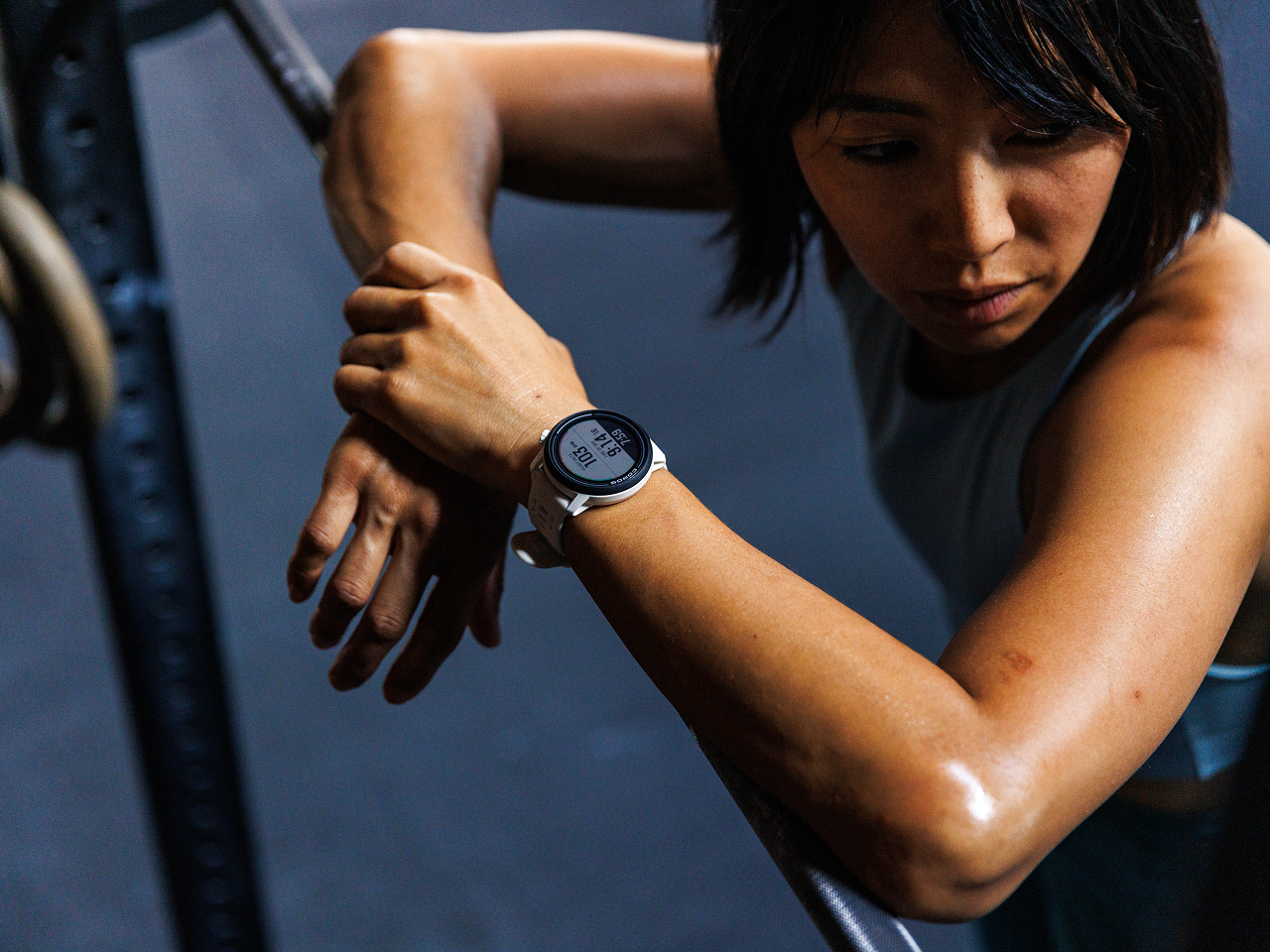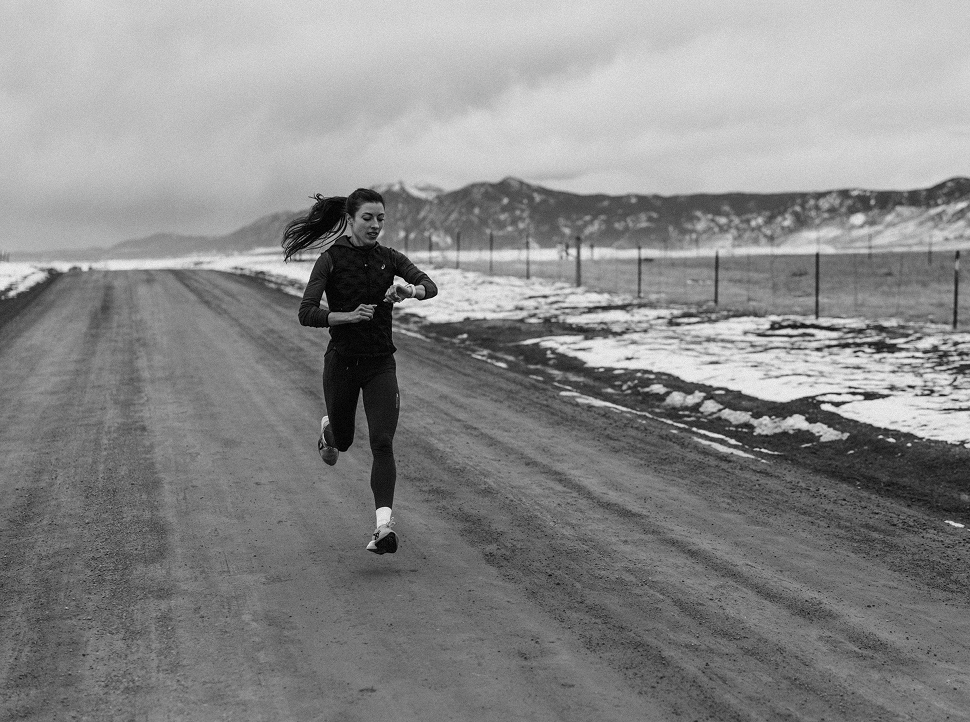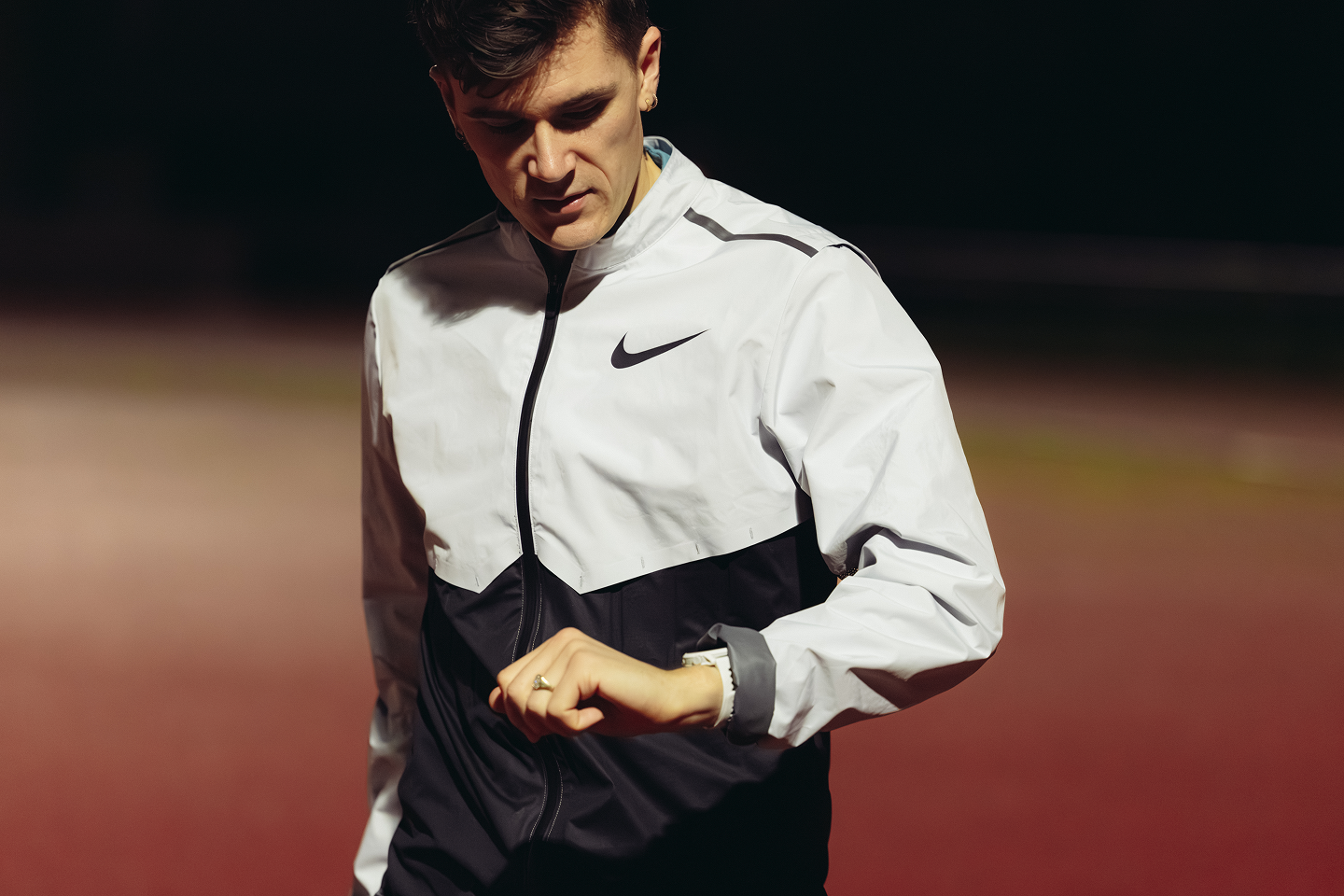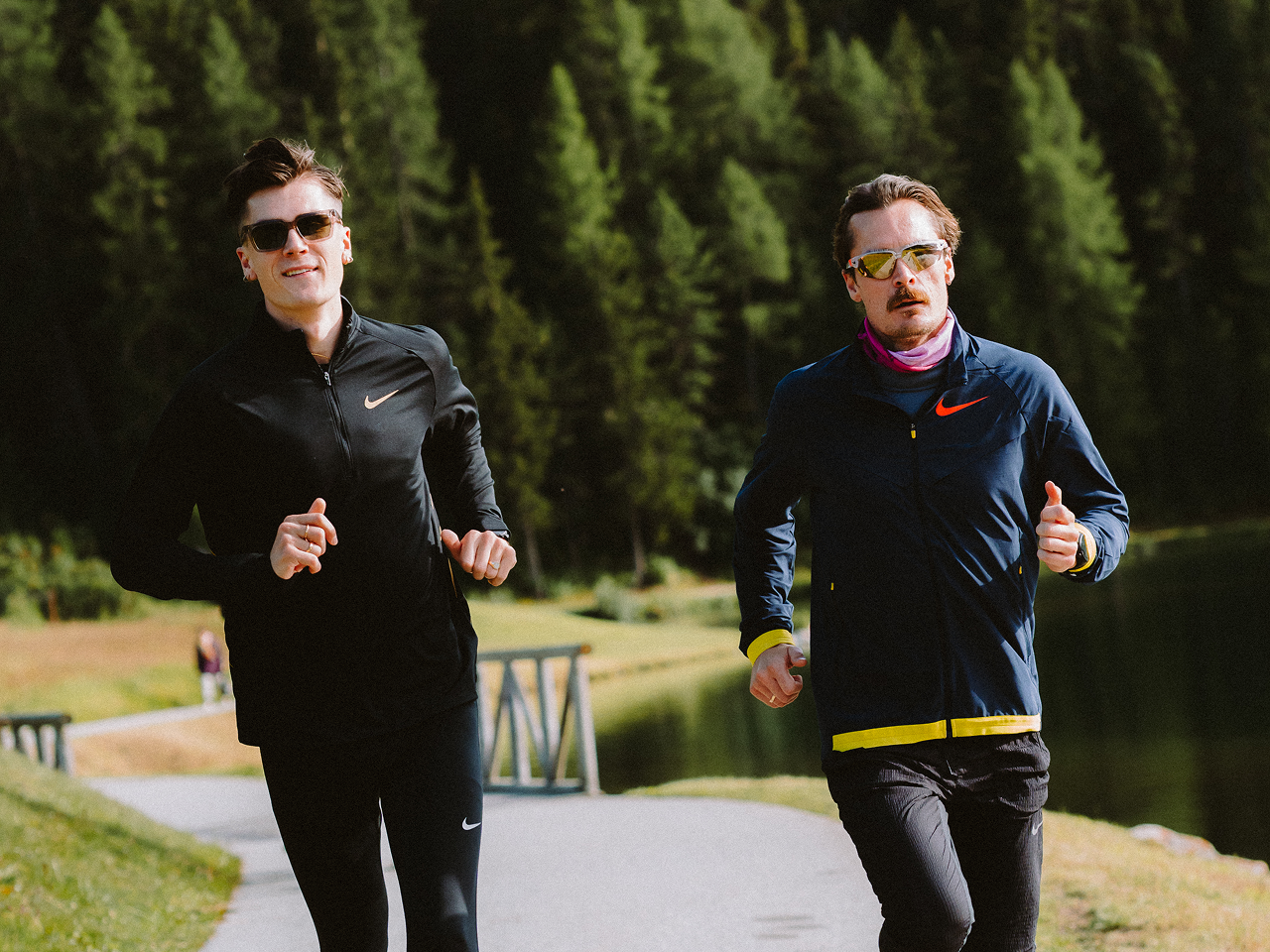The adrenaline from race morning often results in many runners starting their race out too fast, resulting in a lack of energy to push the pace later in their race. Below you will find two different workouts you can incorporate into your training to help you get more comfortable with your goal race pace and run negative splits on race day.
Progression Runs
A progression run is where you start at your easy or aerobic endurance pace and gradually increase the pace or effort as the run progresses.
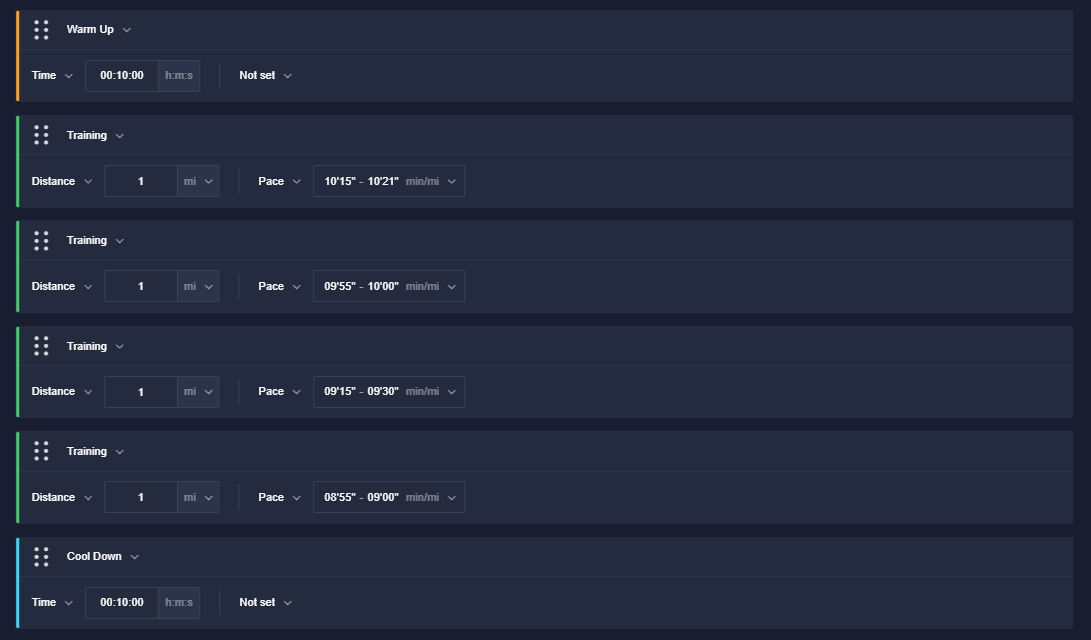
Example of a Progression Run.
The goal of a progression run is a gradual increase in pace. The final part of the workout should be run at a pace that is comfortably challenging but not an all-out sprint or at your goal race pace. The exact duration and pace of each section of the workout can vary depending on your fitness level, training goals, and the distance you're running.
This type of workout is a valuable training tool for preparing for race day. It helps practice the concept of negative splits where you start the race running conservatively to save energy and then run the second half of the race faster with a strong finish.
Types of Workouts
There are various types of Progression Runs but here are two that you can download from our COROS Workout Library:
| Fast Finish: Time or distance-based. This workout practices having that faster kick towards the end of your run and/or race. | 5:00 Warm-up 6 miles at Aerobic Endurance Pace 3 miles at Aerobic Power Pace (or goal race pace) 5:00 Cool-down |
| Traditional Progression Run: Time or distance-based. This workout practices negative splits similar to race day. | 5:00 Warm-up 20 minutes at Aerobic Endurance Pace 20 minutes at Aerobic Power Pace 20 minutes at Threshold Pace 5:00 Cool-down |
Always include a Dynamic Warm-up before any type of run or workout to make sure that your muscles are ready and warmed up! This helps to lower your risk of injury.
What are the Training Benefits?
Progression runs are an effective training tool that can prepare you physically and mentally for race day. They help you build endurance, develop pacing skills, and improve your mental toughness.
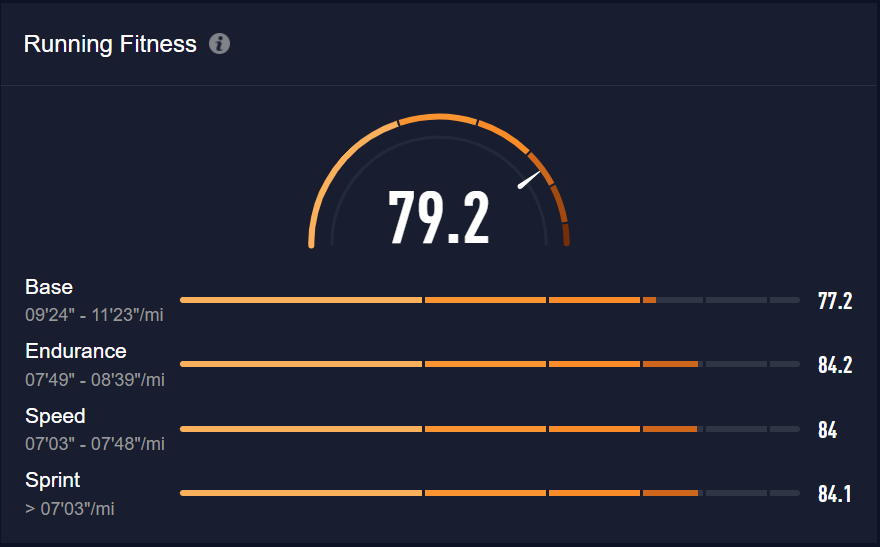
Running Fitness graph in COROS EvoLab.
These types of runs can help you practice running in each zone that makes up Running Fitness so that you can get a better feel of the different paces for future races.

/filters:quality(90)/fit-in/970x750/coros-web-faq/upload/images/a97c2ffd37c91e6408a041395acb8188.png)


